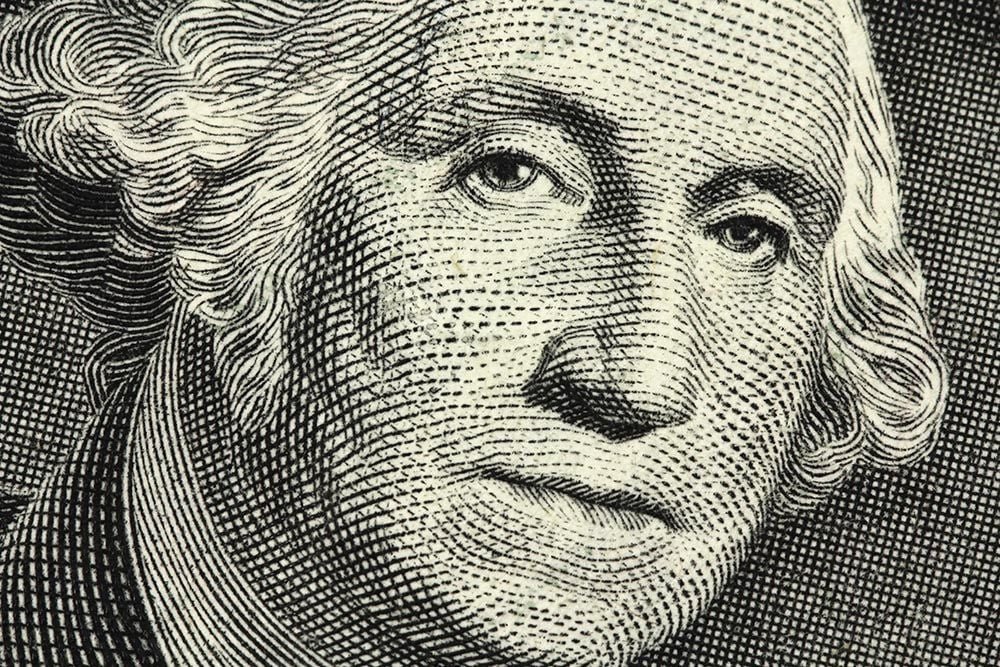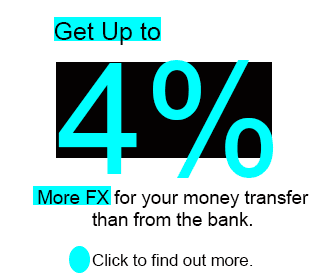GBP/USD Rate's Selloff Extends
- Written by: Sam Coventry
-

Image © Adobe Images
The Pound to Dollar exchange rate's selloff extended to 1.2680 on Thursday amidst rising U.S. Treasury yields and deteriorating investor sentiment. All eyes now turn to Thursday's GDP print and Friday's PCE release.
The Dollar strengthened to two-week highs against a basket of currencies amidst rising U.S. bond yields and deteriorating market sentiment linked to fears the prospect of interest rate cuts at the U.S. Federal Reserve was retreating once more.
"The U.S. dollar continues to ascend," says a note from iForex Europe, a forex trading company, "this move was largely attributed to rising treasury yields."
Treasury yields rose amid a strong supply of U.S. Treasury bonds in the market as the government continues to raise debt for its generous fiscal programmes. This raised concerns that the country's debt burden was heading in an unsustainable direction, naturally raising the cost of financing the debt.
But this generosity displayed by the U.S. government is also behind the economy's exceptional growth, itself a fundanemtal driver of Dollar outperformance in recent years.
"Why is the economy still so strong? Because fiscal policy is still a significant tailwind to the economy, and easy financial conditions have been offsetting Fed hikes," says Torsten Slok, Chief Economist at Apollo.
Slok says fiscal policy in the U.S. remains "easy" thanks to the Chips Act, the Inflation Reduction Act, and the Infrastructure Act; "it is not surprising that employment growth and inflation have been reaccelerating in 2024".
Slok says the Fed won't cut interest rates until 2025.

The reacceleration in inflation is why the market now sees just a 50% chance of a rate cut at the Federal Reserve by November. This week, we heard from one Fed member that there is even potential for the Fed to raise interest rates again.
This will tighten financial conditions in the U.S. and weigh on equity markets, in turn boosting demand for the Dollar.
"The increase in Treasury bond yields has been a critical factor in the recent decline of the indices. This phenomenon usually reflects heightened inflation expectations and greater risk aversion among investors. As bond yields rise, investors tend to sell their assets to invest in safer bonds with higher returns," says Antonio Ernesto Di Giacomo, Market Analyst at xs.com.
To be sure, it is still too soon to say the Pound-Dollar exchange rate has relinquished its multi-week uptrend, as the pullback has not broken any key levels. For now, it looks to be a pullback within an ongoing uptrend.
We will get a better idea as to where the Dollar is headed following the release of the U.S. GDP print later on Thursday and Friday's key PCE deflator release.
The PCE figure is of particular importance as the Fed places notable emphasis on this measure of inflation. An undershoot in expectations would boost the Pound against the Dollar and reignite the rally.
But a strong print would be a strong warning that 'king Dollar' is making a return.





